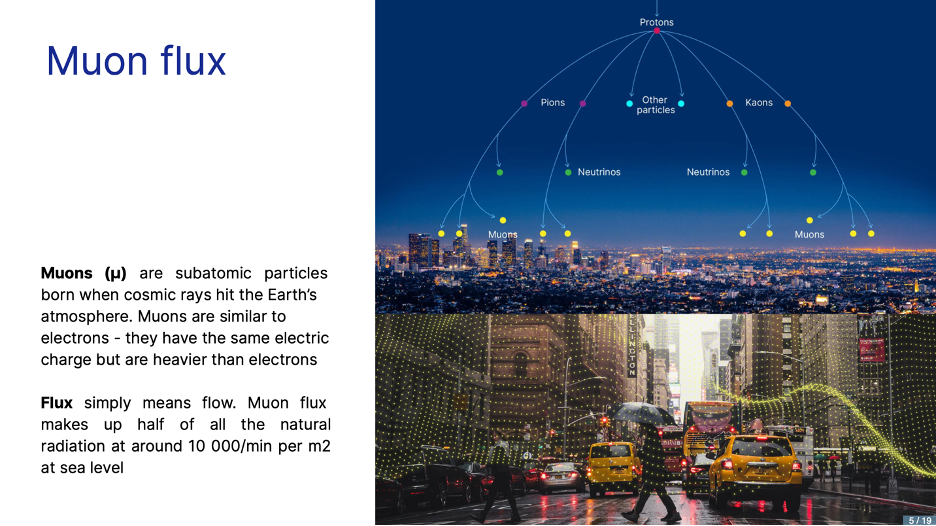
Recently I had a fascinating Pencast conversation with Marek Helm, the CEO of GScan. The full conversation is available here: https://spoti.fi/3E8D8YA
GScan is an Estonia-based producer of vehicle and cargo scanning technology that employs cutting-edge developments in atmospheric ray tomography. Data provided by muons, electrons, positrons and neutrons that pass through objects, after being processed by AI and machine learning, allows the non-intrusive identification of cargo contents.
GScan was recently named the winner of the PEN-CP Innovation Award for its breakthrough technology and applications.
This post summarizes some of the key points covered in the Pencast.
Intro:
Marek's background in customs and taxation
How GScan was created
How GScan's muon technology compares to conventional x-ray scanning and tomography:
The chemical composition of bananas and cocaine.
The Estonian government has engaged GScan to model cleanup of a former Soviet nuclear submarine.
Infrastructure projects for GScan, including:
The Italian government is trying to scan their reinforced concrete bridges.
Reassess major infrastructure projects in the US
GScan technology and ongoing collaborations:
GScan detector panels are scalable, like Lego blocks
The SilentBorder project
The company expects to be performing large containers by 2025
Collaboration with the prison authorities
The accuracy of the technology:
Cocaine and bananas have the same density, so hard to detect with conventional scanning technology
But muon scanning allows the detection of the chemical composition, not just the shape/density, so is effective in detecting cocaine hidden in banana shipments
How GScan uses machine learning and AI
The GScan community:
Regular interactions with universities and scientific research centres.
Customs is an international family, that crosses borders and cuts through national divisions.
Next steps for GScan:
The importance of computer processing power.
Finding the right balance between facts and technology.
The future of customs innovation is here.
Selected slides on GScan technology and activities:








Comments